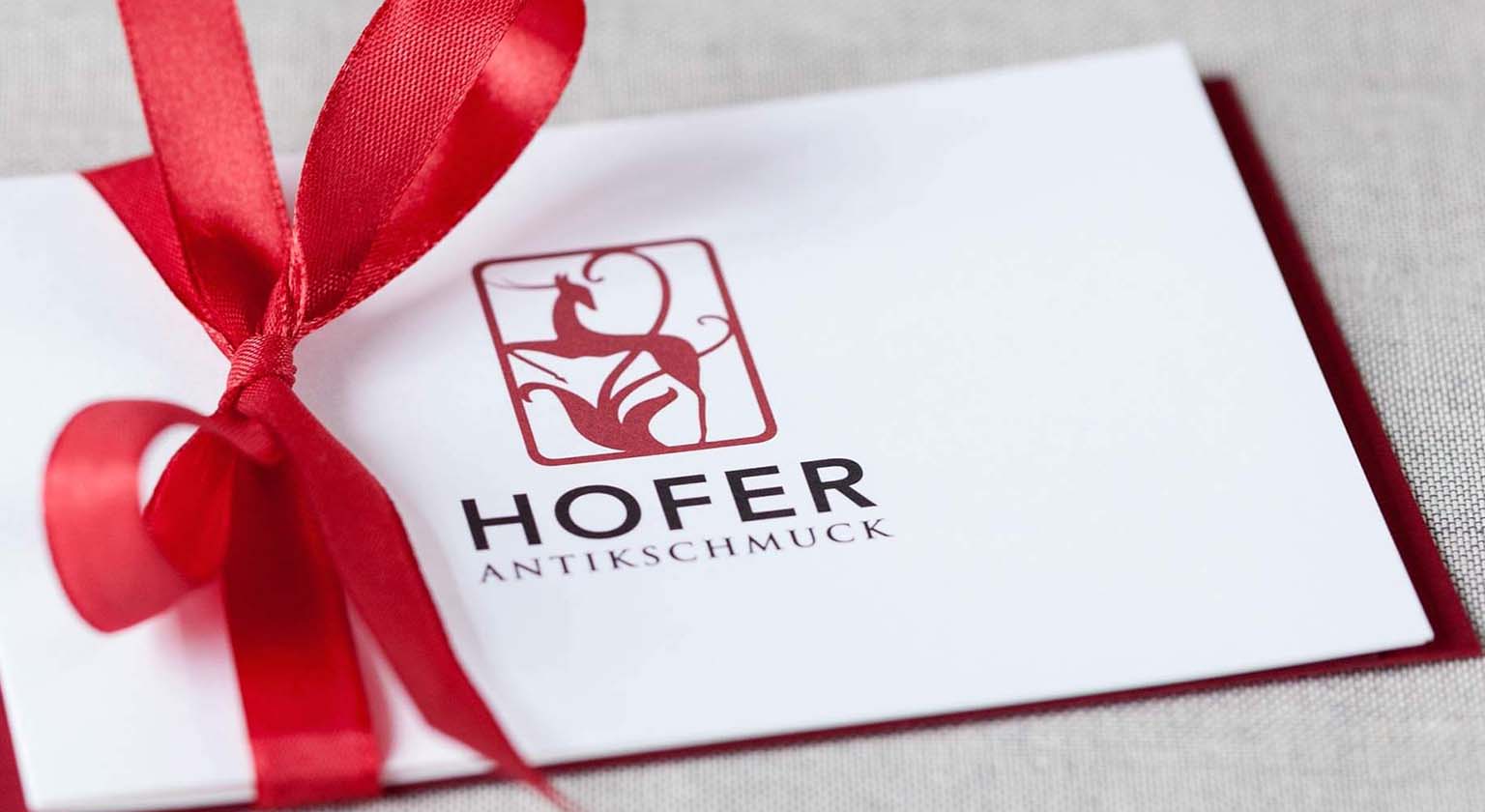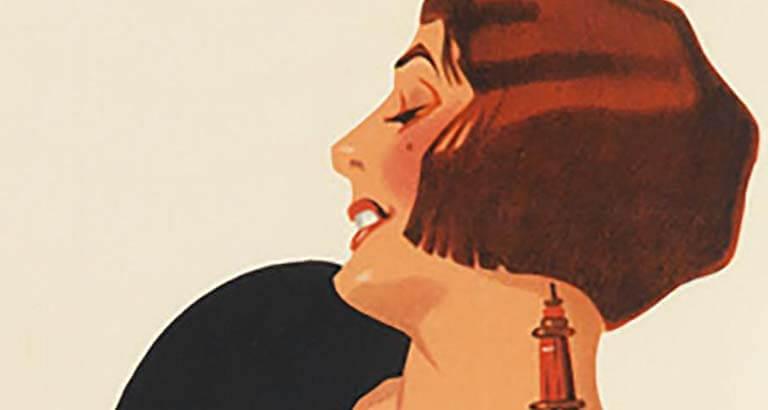I the golden 1920s, jewellery with cool elegance and large luxury emerged in Europe and the USA. Intoxicated by the speed of the automobile, delighted by sparkling champagne and still dizzy from the the sight of the new skyscrapers, and entirely modern shape emerged, bright in colour, shiny metal and richly set with sparkling gemstones.
It was the heyday of large jewel companies in Paris and New York that catered to an international clientele from nobility, film and economic life. But individual masters designed pieces of a previously unseen finesse and perfection, too. Contrary to the revivalist forms of the 19th century, but also distinguishing itself from the colourful, natural style of Art Nouveau, Art Déco jewellery feels intentionally modern, dynamic and immaterial.
The colour of fashion was white as it had been since the turn of the century: Diamonds and platinum dominated the designs of the 1920s. Over the course of time, Art Déco continued to develop. In Berlin and Vienna, the forms became increasingly fantastic, as if inspired by a view into an enchanted garden. In the United States, the style known as “retro” was inspired by increasingly voluminous and cubic forms starting in the late 1930s. The colours of jewellery also changed and warm glowing red and yellow gold tones came into fashion.
At the same time, many new materials became part of the goldsmith’s craft: Bakelite, an early plastic, was first used to fashion jewellery. Likewise, the first synthetic precious stones excited buyers with their purity and lustre – and helped to bring the designs of Art Déco to large parts of the population.











